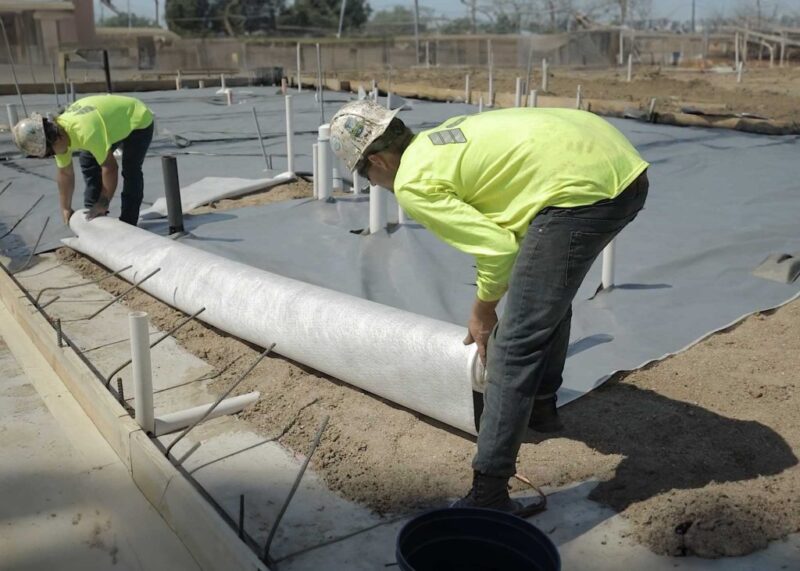Introduction
Vapor intrusion has become a growing environmental and public health concern in California, particularly in regions with a history of industrial, manufacturing, or petroleum-related activities. As properties are developed or redeveloped, one cannot ignore the risk of harmful vapors migrating from contaminated soil or groundwater into buildings. To learn more about how property owners and developers address these challenges, it is essential to understand the role of vapor intrusion mitigation systems and the conditions under which they are implemented.
Reducing Liability and Increasing Safety
One of the main reasons for installing vapor intrusion mitigation systems is to cut environmental and legal liability while ensuring occupant safety. In California, where environmental rules are strict, property owners can face serious consequences if hazardous vapors, such as volatile organic compounds (VOCs) or methane, affect indoor air quality. These vapors often come from contaminated soil or groundwater and can enter buildings through cracks, utility conduits, or foundation openings.
Installing a vapor mitigation system helps prevent these substances from building up indoors and lowers exposure risks. From a liability standpoint, such systems show due diligence and compliance with standards set by agencies like the California Department of Toxic Substances Control (DTSC) and the Regional Water Quality Control Boards (RWQCBs). In both commercial and residential developments, proactive vapor control protects human health and safeguards property value. Properties with active mitigation measures are less likely to face future remediation claims.
Determining the Need for Methane and Vapor Monitoring Systems
Deciding when to install a vapor intrusion or methane monitoring system depends on several factors, including site history, contamination levels, and land use. Properties located on or near former industrial sites, landfills, or gas stations are especially at risk for subsurface gas migration. Methane is colorless and odorless, posing risks of explosion and asphyxiation when trapped indoors. This makes monitoring systems crucial in certain areas of Southern California, such as Los Angeles and Orange County, where methane zones have been officially mapped.

A vapor mitigation or monitoring system is usually needed during the planning and permitting stages of construction when environmental site assessments, like a Phase I or Phase II Environmental Site Assessment, suggest the potential for vapor intrusion. In existing buildings, installation may be necessary if indoor air tests or subsurface investigations show high levels of hazardous gases. Early detection and mitigation protect occupants and also help meet local building codes and environmental health guidelines.
Why Vapor Mitigation Is Beneficial?
Besides meeting regulatory requirements, vapor intrusion mitigation offers various practical and long-term benefits. It improves indoor air quality, creating safer living and working spaces for residents and employees. For developers and property managers, mitigation systems add value by ensuring that projects can continue without delays related to environmental issues or contamination worries.
Additionally, these systems are often designed to function efficiently and without interruption. Common technologies include sub-slab depressurization systems, vapor barriers, and active venting systems. All of these work to redirect or dilute harmful gases before they enter occupied spaces. The existence of these systems gives confidence to stakeholders, such as investors, lenders, and tenants, that the property has been responsibly managed with health and safety in mind.
As California continues to redevelop brownfield sites and former industrial properties, vapor mitigation will remain a key part of responsible land use and sustainable development. Incorporating these systems early in the design and construction process can greatly lower the risk of future remediation costs or legal issues while reinforcing the commitment to environmental responsibility.
Conclusion
Vapor intrusion mitigation systems play a vital role in California’s approach to environmental safety and property risk management. By identifying contamination risks early and installing appropriate systems, developers and property owners can minimize liability, comply with state regulations, and ensure the protection of human health. To learn more about the regulatory framework and technical standards guiding vapor mitigation in California, it is important to consult current environmental guidelines and professional assessments before undertaking any development or redevelopment project.


